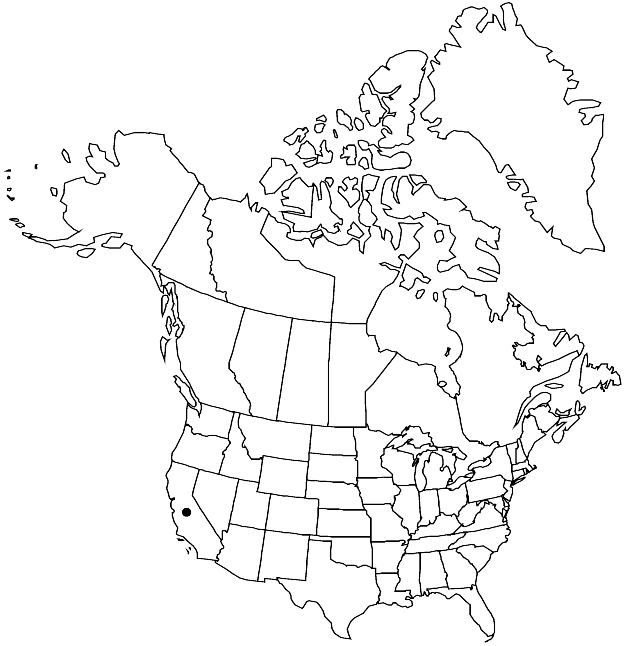Pohlia robertsonii
Bryologist 108: 177, fig. 1. 2005.
Plants small to medium-sized, green, dull. Stems 0.5–1 cm. Leaves erect to ± spreading, lanceolate, 1.3–1.6 mm; margins serrulate to serrate in distal 1/3; costa subpercurrent; distal medial laminal cells irregularly hexagonal to rhomboidal, 70–120 µm, walls thin to firm. Specialized asexual reproduction absent. Sexual condition paroicous; perichaetial leaves scarcely differentiated, lanceolate. Seta multiple, orange-brown. Capsule inclined 10–45°, stramineous to orange-brown, long- and slender-pyriform, neck 3/4–1 time urn length; exothecial cells elongate-rectangular, walls slightly sinuate; stomata superficial; annulus present; operculum long-conic; exostome teeth orange-yellow to brown, bluntly acute; endostome hyaline to yellow-brown, basal membrane low, scarcely exceeding capsule rim, segments narrow, keeled basally, not or slightly perforate, cilia absent or rudimentary. Spores 16–20 µm, ± finely but distinctly roughened.
Phenology: Capsules mature spring (Mar–Apr).
Habitat: Sandy or gravelly soil, base of sandstone or volcanic rock in open deciduous woodlands
Elevation: low elevations
Discussion
Pohlia robertsonii, known only from Monterey County, is the only North American polysetous species of Pohlia. The leaves are less dull in appearance than those of P. elongata and P. nutans, but not notably shiny like those of P. cruda or P. longicolla; they are more like the moderately glossy leaves often seen in P. bolanderi. The laminal cells have firm but not thick walls, thinner-walled than in P. elongata and P. nutans, shorter and less vermicular than in P. cruda or P. longicolla. Sporophytes are produced abundantly on the paroicous gametophytes. The exostome teeth are rather irregular and poorly developed, not gradually tapered to narrow acute apices, and the endostome segments are narrow, scarcely keeled, and narrowly or not at all perforate.
Selected References
None.
